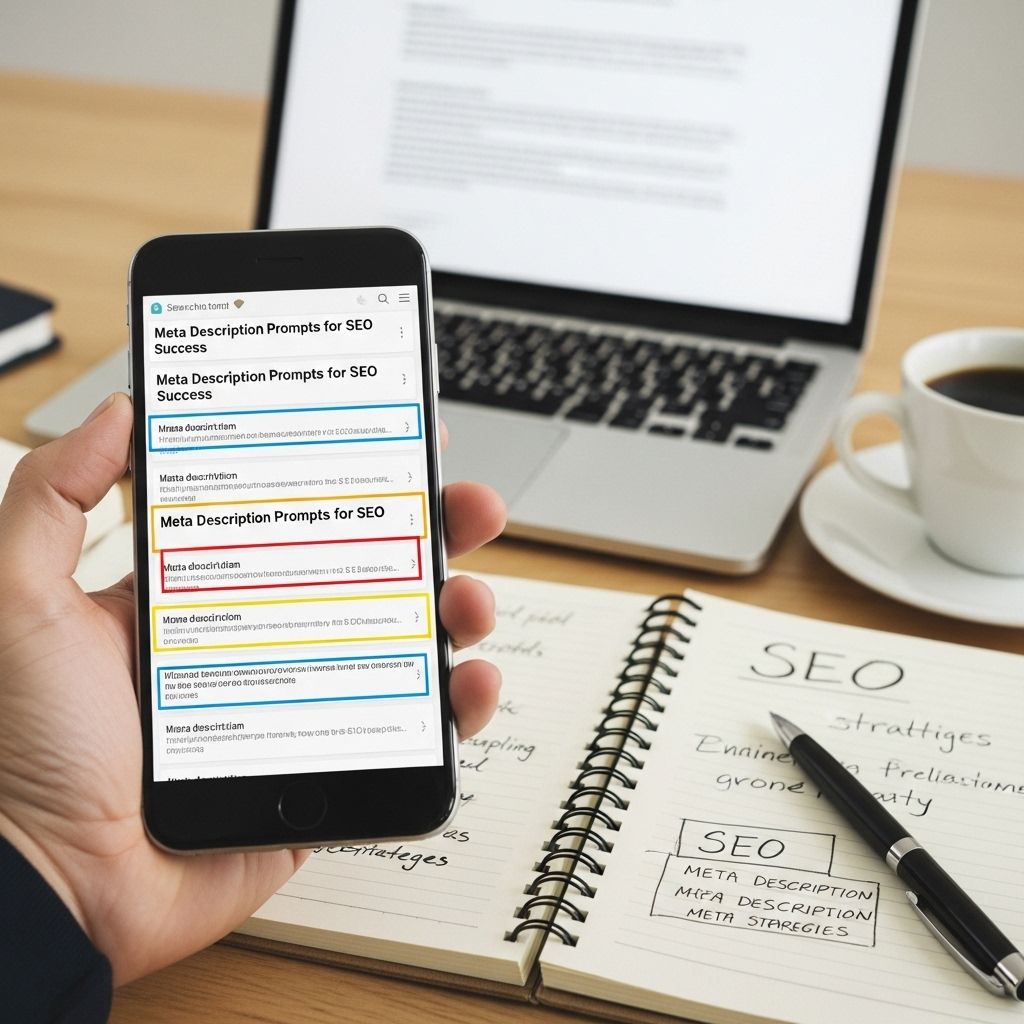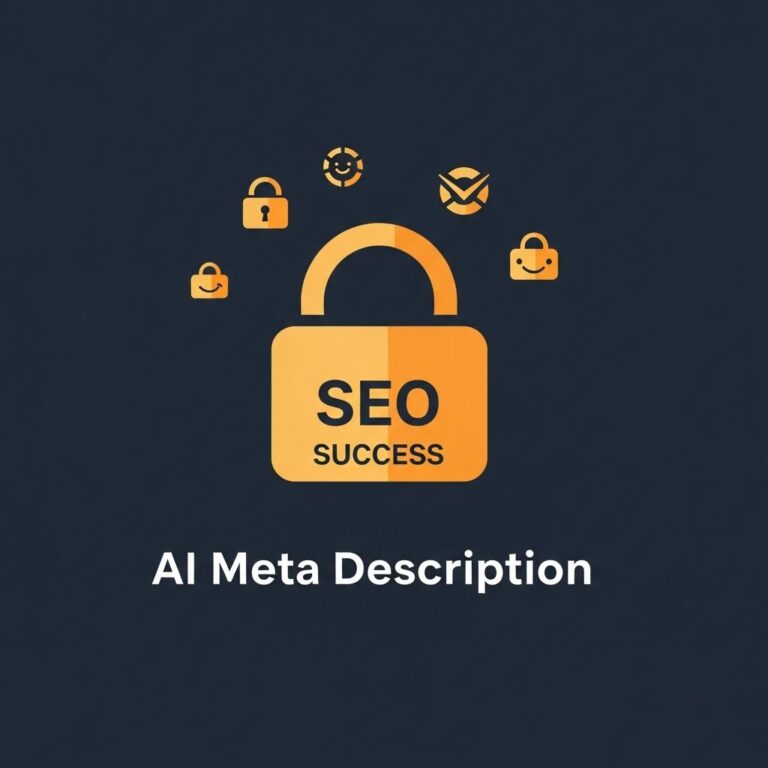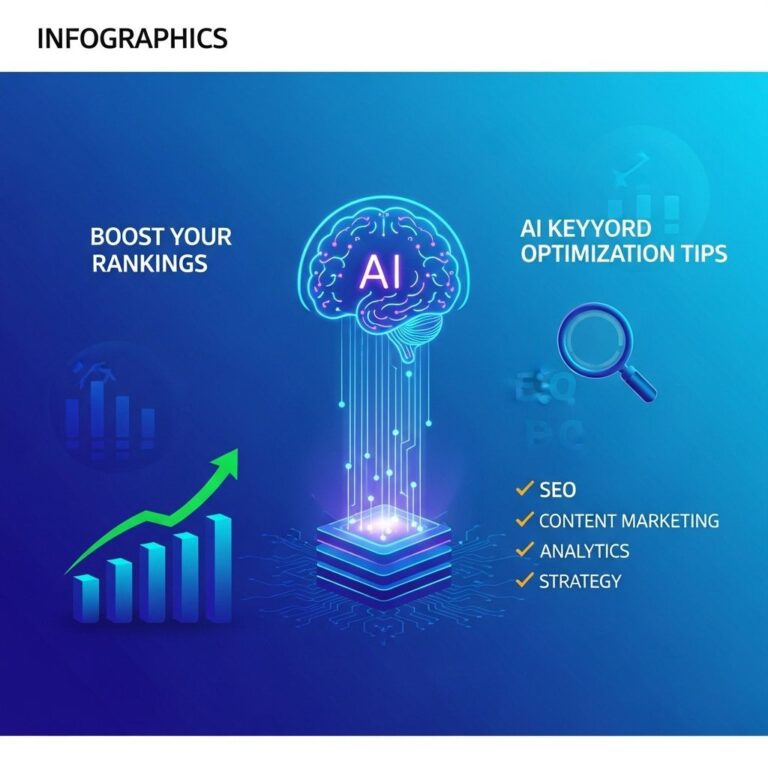In the ever-evolving landscape of digital marketing, one factor that remains crucial for SEO success is the meta description. These snippets of text, which appear under the page title in search engine results, serve as your first line of engagement with potential visitors. Crafting an effective meta description not only helps improve your visibility but also enhances the click-through rate (CTR) of your website. In this article, we will explore the intricacies of meta descriptions, provide strategies for writing compelling text, and highlight the tools and techniques that can help you optimize your site’s meta data.
Table of Contents
Understanding Meta Descriptions
At its core, a meta description is an HTML attribute that provides a brief summary of a webpage. Commonly, search engines display this description in search results, accompanied by the title tag. However, there’s more to meta descriptions than just a few words; they can significantly impact your SEO performance.
Why Do Meta Descriptions Matter?
- SEO Ranking: While meta descriptions aren’t a direct ranking factor, they influence CTR, which can indirectly affect your ranking.
- User Engagement: A well-crafted description can entice users to click through to your website.
- Brand Messaging: Meta descriptions are an opportunity to communicate your brand’s value proposition succinctly.
Best Practices for Writing Meta Descriptions
To maximize the effectiveness of your meta descriptions, consider the following best practices:
1. Keep It Concise
Most search engines display between 150-160 characters of a meta description. Aim to stay within this range while ensuring the most critical information is included.
2. Use Active Voice and Action-Oriented Language
Engage readers by using action verbs and a confident tone. For instance:
| Passive Voice | Active Voice |
|---|---|
| Our services are designed to help… | Get the support you need to… |
| A variety of options are available. | Explore a variety of options to choose from. |
3. Include Target Keywords
Integrate primary keywords naturally without keyword stuffing. This practice signals relevance to search engines and may enhance CTR.
4. Make It Unique
Each page on your site should have a unique meta description that reflects its specific content. This uniqueness helps search engines understand the context of your pages better.
Tools for Crafting Meta Descriptions
Several tools can assist you in generating and optimizing meta descriptions:
SEO Plugins
Utilizing SEO plugins like Yoast SEO or All in One SEO can streamline the process. These tools often provide meta description templates and real-time previews.
Character Count Tools
Online character count tools can help ensure that your description stays within the ideal length. Some popular options include:
- WordCounter.net
- CharacterCountOnline.com
Google Search Console
This tool can help you analyze how your meta descriptions are performing in terms of CTR. You can adjust your strategies based on real data.
Examples of Effective Meta Descriptions
To illustrate how to create compelling meta descriptions, here are some examples:
Example 1
Website: A digital marketing agency
Meta Description: “Boost your online visibility today! Our expert digital marketing strategies drive results. Schedule a free consultation now!”
Example 2
Website: E-commerce site selling shoes
Meta Description: “Step into style with our extensive range of shoes. Discover exclusive designs and unbeatable prices. Shop your favorite pair today!”
Common Mistakes to Avoid
When writing meta descriptions, steer clear of the following pitfalls:
1. Keyword Stuffing
Avoid overloading your description with keywords. This can lead to a poor user experience and may even result in penalties from search engines.
2. Ignoring Call-to-Action
Failing to include a call-to-action (CTA) can result in missed opportunities for engagement. Always encourage readers to take the next step.
3. Writing Generic Descriptions
Generic descriptions fail to grab attention. Tailor your content to reflect the unique offerings of each page.
The Future of Meta Descriptions
As search engines evolve, so too will the role of meta descriptions. With the rise of AI and machine learning, automated systems may generate descriptions based on content analysis. However, human creativity and insight remain essential in creating compelling and relevant snippets.
Conclusion
In summary, although they may seem minor, meta descriptions play a significant role in your SEO strategy. By following best practices, utilizing the right tools, and avoiding common mistakes, you can craft meta descriptions that not only enhance your site’s visibility but also improve user engagement. Remember, the goal is to create a connection with potential visitors and encourage them to click through to your content.
FAQ
What is a meta description and why is it important for SEO?
A meta description is a brief summary of a webpage’s content that appears in search engine results. It’s important for SEO because it influences click-through rates and helps search engines understand the page’s relevance.
How long should a meta description be for optimal SEO?
For optimal SEO, a meta description should typically be between 150-160 characters to ensure it displays fully in search results without being cut off.
What keywords should I include in my meta description?
Include primary keywords relevant to the page content, but ensure the description reads naturally and entices users to click.
Can I use the same meta description for multiple pages?
No, each page should have a unique meta description to accurately reflect its content and improve SEO rankings.
How can I write an effective meta description?
An effective meta description should be concise, include relevant keywords, provide a clear summary of the content, and include a call-to-action to encourage clicks.
What are common mistakes to avoid when writing meta descriptions?
Common mistakes include making them too long, using generic language, neglecting to include keywords, and duplicating descriptions across multiple pages.







